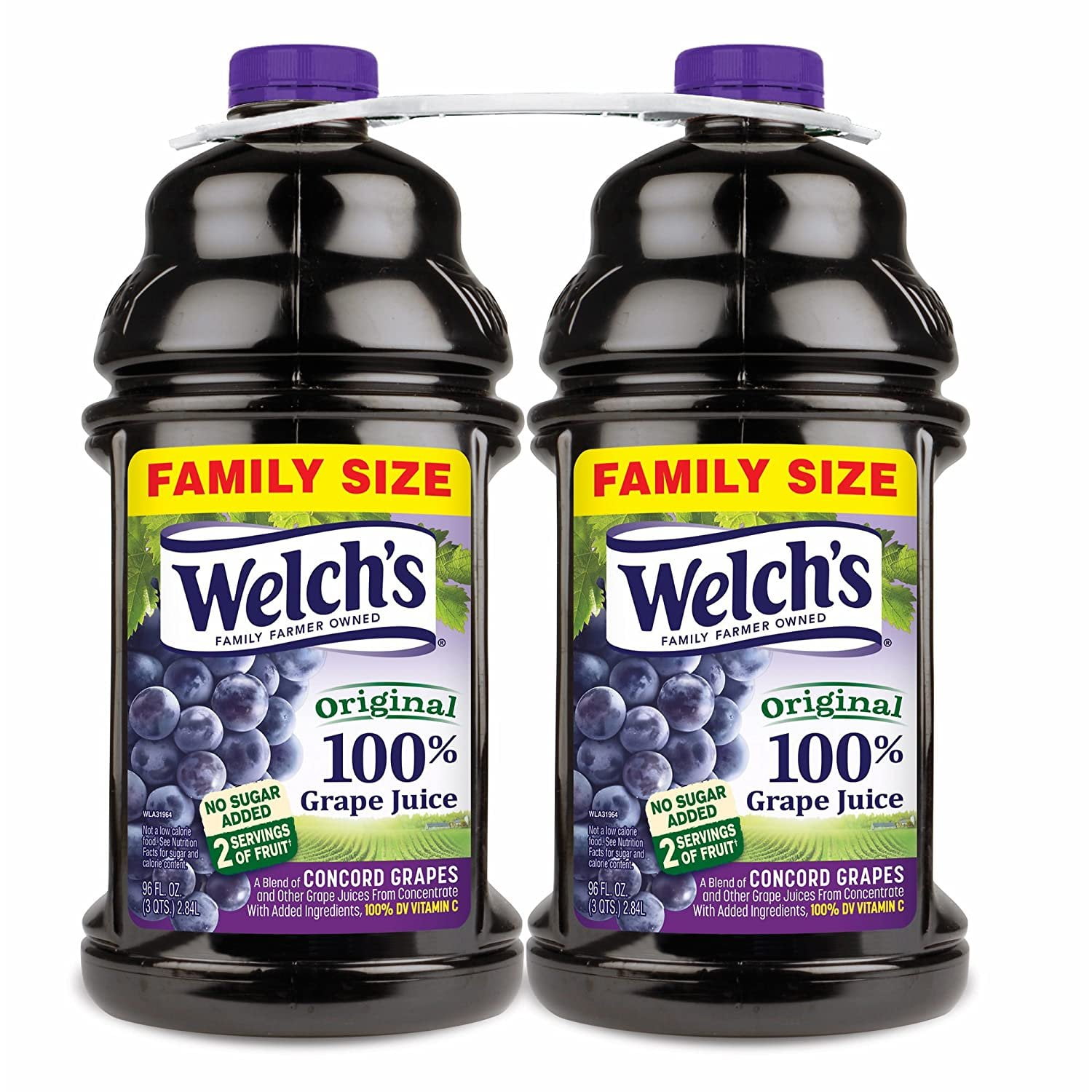

Improved endothelium-dependent vasodilation and prevention of LDL oxidation are potential mechanisms by which flavonoids in purple grape products may prevent cardiovascular events, independent of alcohol content. After ingestion of grape juice, lag time increased by 34.5% ( P=0.015).Ĭonclusions-Short-term ingestion of purple grape juice improves FMD and reduces LDL susceptibility to oxidation in CAD patients. In a linear regression model that included age, artery diameter, lipid values, and use of lipid-lowering and antioxidant therapies, the effect of grape juice on FMD remained significant (mean change 4.2±4.4%, P<0.001). After ingestion of grape juice, FMD increased to 6.4±4.7% ( P=0.003).

Susceptibility of LDL particles to oxidation was determined from the rate of conjugated diene formation after exposure to copper chloride. Flow-mediated vasodilation (FMD) was measured using high-resolution brachial artery ultrasonography. d −1 of purple grape juice for 14 days.Methods and Results-Fifteen adults with angiographically documented CAD ingested 7.7☑.2 mL

This study assessed the effects of ingesting purple grape juice on endothelial function and LDL susceptibility to oxidation in patients with coronary artery disease (CAD). Although improved endothelial function and inhibition of LDL oxidation may be potential mechanisms by which red wine and flavonoids reduce cardiovascular risk, the in vivo effects of grape products on endothelial function and LDL oxidation have not been investigated.


 0 kommentar(er)
0 kommentar(er)
